Have you ever seen a pond filled with beautiful, clear water one day, and then the next day it’s green? It’s so frustrating! But don’t worry—we’re here to help. In this blog post, we’ll talk about what causes pond water to turn green, how you can prevent it from happening in the future, and how to clear up your pond if it has been tainted by algae.
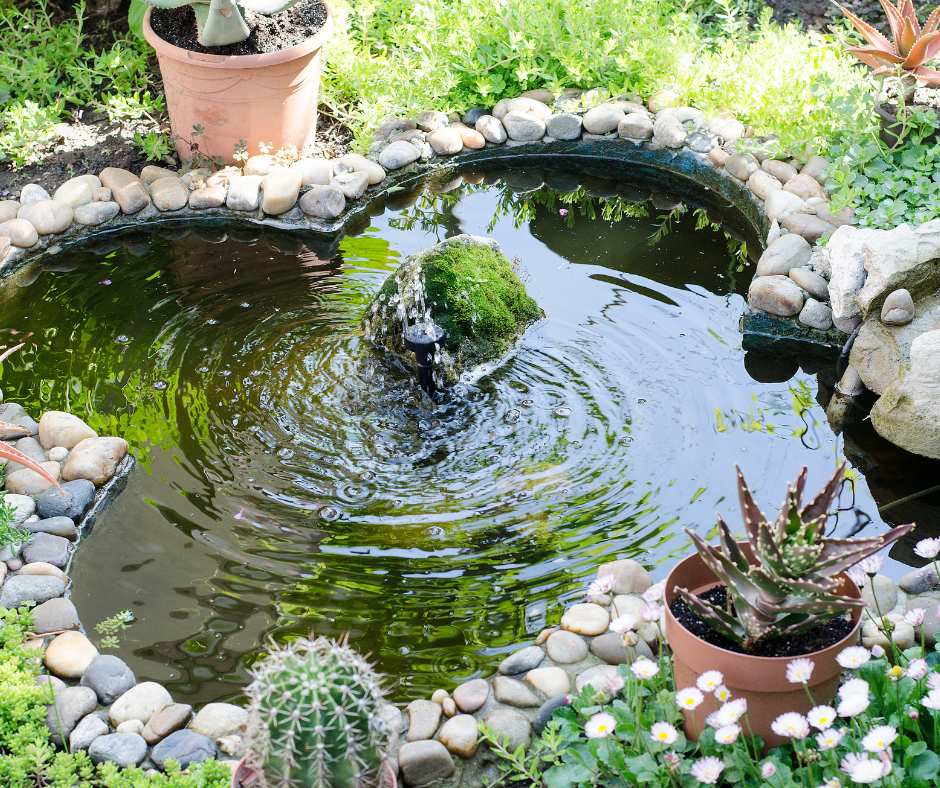
What Causes Green Pond Water?
here are several different reasons why your pond might have green water. Here are some of the most common causes:
Algae
It is a problem for ponds because it can quickly grow out of control and block sunlight from reaching plants and fish below. Algae also produces oxygen during photosynthesis, so you may not notice it until it’s already reached dangerous levels.
The best way to control algae is by keeping the water clean and aerated. Algae flourishes in low-oxygen environments, so adding more aeration will prevent algae from growing. You can also add beneficial bacteria to the water that will consume the nutrients that would normally feed algae growth.
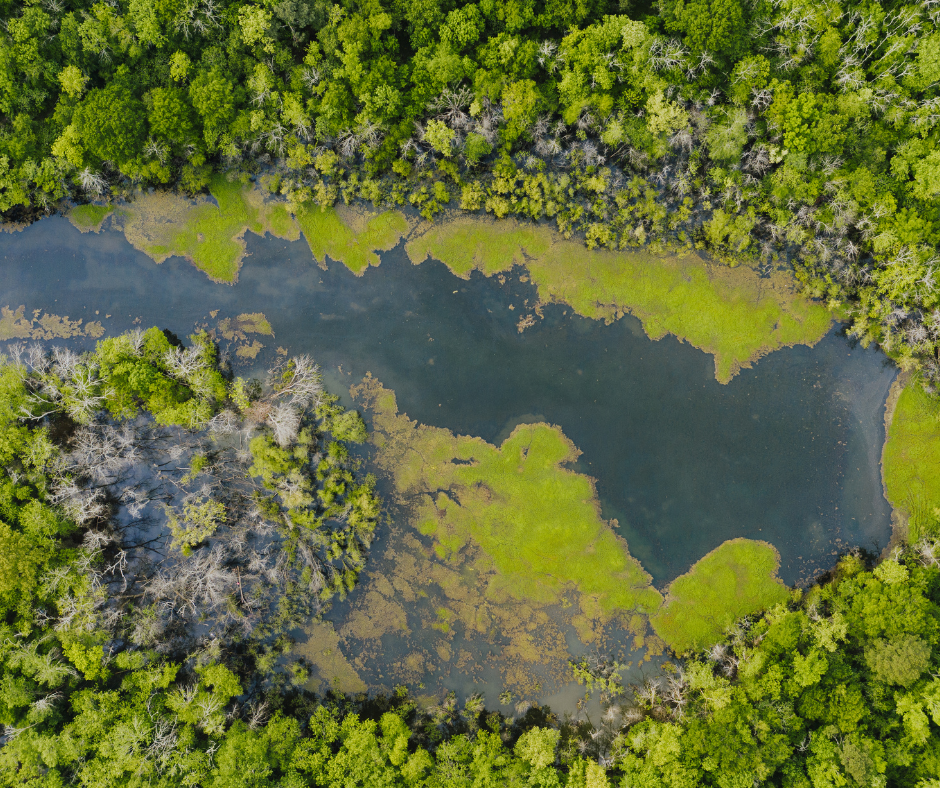
That said, if you notice excessive algae growth in your pond, it may be a sign that something else is going on with your water chemistry. For example:
- Your fish population may be too large for your pond’s size or depth (in which case you should consider adding more plants and hiding places for the fish).
- You may be feeding too much or feeding at the wrong time of day (this will provide nutrients for the algae).
- You may need to add more aeration to keep oxygen levels up and prevent stagnation (which can cause excess algae growth).
- You may have an imbalance between nitrogen and phosphorus levels in your pond water (this can cause excess algal blooms).
Fungus
It is another microscopic organism that forms on pond water surfaces and can interfere with photosynthesis by blocking sunlight from reaching plants below. Fungus also causes rot on leaves or other plant parts above water level, which can lead to devastating results if left untreated for too long.
How do I get rid of green water in my pond fast?
Green water in ponds is a common occurrence. It’s especially prevalent in the spring and early summer, when the weather is warm. Green water can be caused by algae, bacteria or other types of microorganisms.
The good news is that there are several ways to get rid of green water in your pond fast and easily. The bad news is that not all of them will work for every situation — but there’s a solution for every type of green water problem you might encounter.
Aeration

One of the best ways to clear up green water in your pond is to use aeration devices such as air pumps or fountain heads (also known as aerators). These devices allow oxygen from the atmosphere into the water, which can help kill off bacteria and algae blooms by depriving them of oxygen.
UV Light Treatment
UV light treatment systems are another alternative that can help clear up green water in your pond quickly and easily. These systems use ultraviolet light waves that pass through the water column and destroy any harmful microorganisms that may be present in your pond’s ecosystem, including algae blooms and bacterial infections like gill rot disease (especially common during summer months).
How long does it take to clear green pond water?
There are several factors that affect the time it takes for a green pond to clear.
The first is the size of the pond. Ponds with large surface areas and deep depths will take longer to clear than those with small surface areas and shallow depths.
The second factor is what caused the green water in the first place. The most common causes of green water are algae growths, also known as algal blooms, and bacteria growths, known as bacterial blooms. Algae blooms can be controlled by adding fish that eat algae or by using chemical treatments that kill algae cells. Bacterial blooms can be controlled by adding fish that feed on bacteria or by adding chemicals that kill bacteria cells.
A third factor is what types of plants are growing in your pond and how much sunlight they receive each day. Plants such as lilies and lotus flowers absorb nutrients from the water, including phosphorus and nitrogen compounds which can cause algal blooms if there are too many plants in one area of your pond at one time
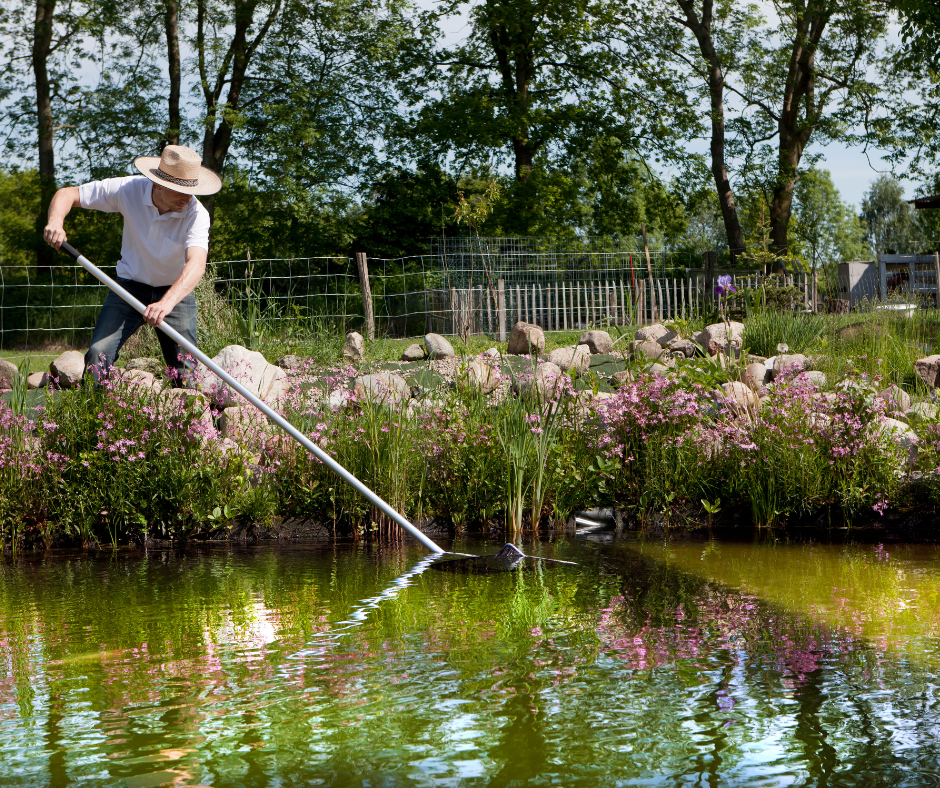
What is the best green water treatment?
The green pond water is a result of algae growth. Algae are naturally occurring in ponds and lakes and some people like to have it as part of their garden. However, if the algae bloom becomes excessive, it can cause problems for the fish and other inhabitants of the pond.
- The first step to clear green pond water is to identify what type of algae you are dealing with. Cyanobacteria is a blue-green algae that can appear on rocks or other submerged surfaces. It tends to be slimy and sometimes stringy, with a gelatinous appearance when wet.
Cyanobacteria can become very thick and may form mats over the water surface in ponds that do not have adequate circulation. It also produces an odor (similar to rotten eggs) as it decays, which is why you may have noticed it first if your pond has poor circulation at depth.
The best way to get rid of cyanobacteria is by adding oxygen into your pond or lake. This will encourage the growth of aerobic bacteria which will eat away at the cyanobacteria until it has been removed from the system altogether.
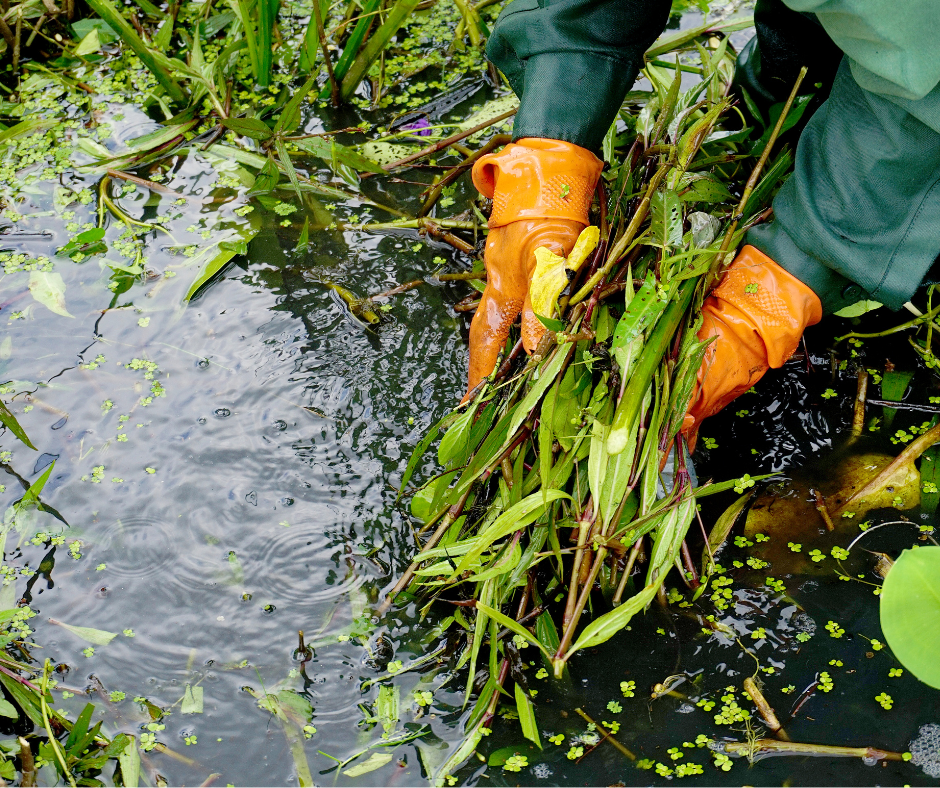
How can I naturally clear my pond water?
There are several ways to clear your pond water, but before you start, make sure that you have the time and patience for the job. If you have a large pond or lake, it may take weeks to clear the water.
Natural Methods:
One of the best ways to naturally clear water is by using plants and fish that consume excess nutrients in your pond. Plants such as lilies and aquatic grasses will absorb nitrates from the water and convert them into oxygen. Fish eat algae, which also helps reduce nitrates in the water. However, these methods can take several months or even years to be effective.
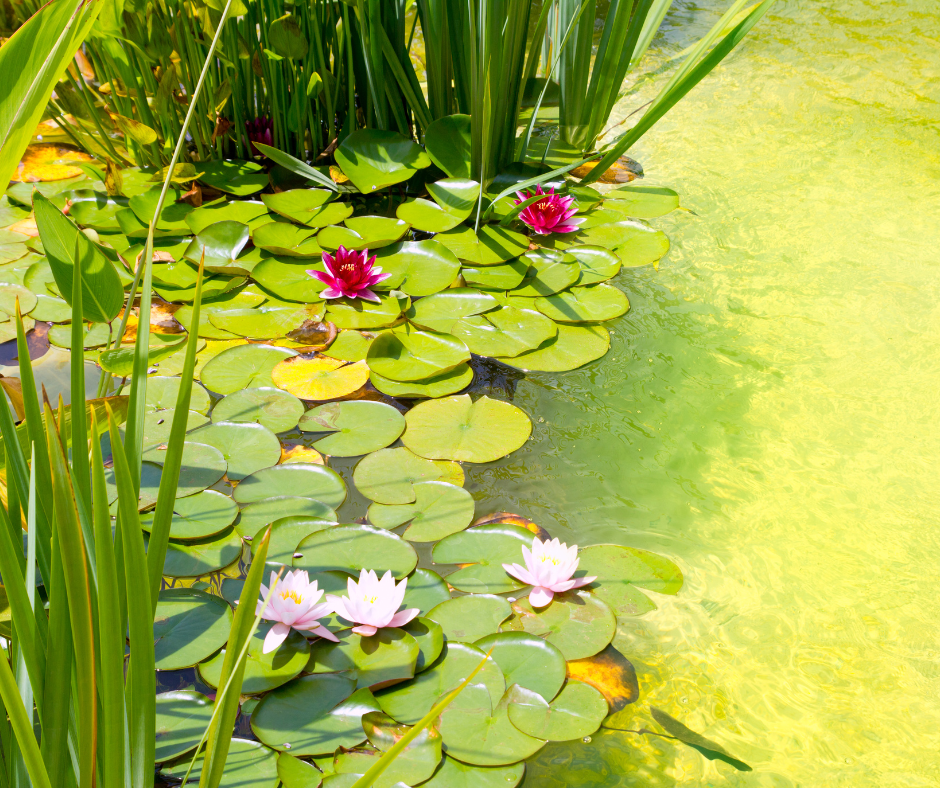
- Algae Control
Algae control is one of the best ways to clear your pond water naturally. Algae is a common problem for ponds and it can come in different types like string algae and blanket weed. These algae can clog up your filter and reduce the amount of oxygen that gets circulated through the water.
The best way to control it is by adding plants into the pond or by using an algae-eating fish like koi or trout. The plants will absorb nutrients from the water and convert them into oxygen while also removing other pollutants like nitrates, phosphates, and ammonia from entering your pond too much!
- Aeration
Aeration is another important factor that affects how clear your pond looks like naturally because it helps circulate oxygen throughout your entire body of water! This means that more oxygen is available for fish which helps them grow larger faster than if they didn’t have aeration at all!
Artificial Methods:
If you want instant results without waiting months or years for bacteria or plants to clean up your pond, try using chemical treatments. There are many different types of algaecides available at local garden centers or home improvement stores, including copper sulfate and potassium permanganate tablets. These treatments work by killing algae cells and preventing new ones from growing in your pond.










